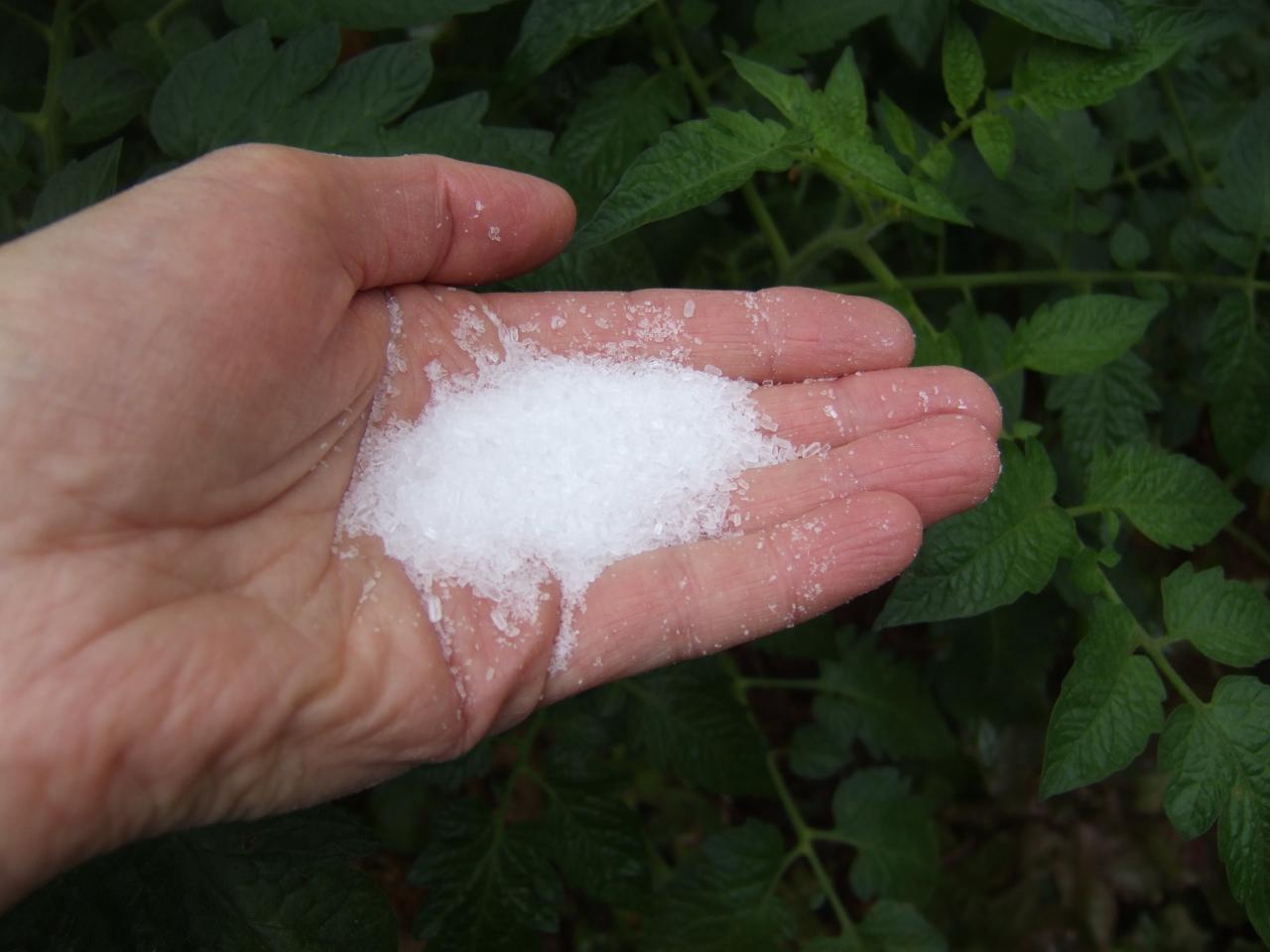What Plants Don't Like Epsom Salt as well as Their Alternatives
What Plants Don't Like Epsom Salt as well as Their Alternatives
Blog Article
Find Out About the Details Plants That Are Adversely Impacted by Epsom Salt Application
Epsom salt, a popular household remedy for numerous gardening problems, is commonly commended for its helpful results on plant development. Comprehending the certain plants that can be negatively impacted by Epsom salt is important for any kind of garden enthusiast looking to enhance their plant care routine.
Roses

Roses, especially conscious modifications in their environment, can be adversely affected by the application of Epsom salt. While Epsom salt is commonly used as a plant food to promote plant growth and boost flowering, roses are among the plants that do not respond well to its application. The high magnesium web content in Epsom salt can disrupt the uptake of various other vital nutrients by the rose plants, causing deficiencies that manifest as yellowing fallen leaves or stunted growth.

Tomatoes
Tomatoes, understood for their convenience in culinary applications, can show unfavorable results when exposed to Epsom salt because of their details nutrient requirements. While Epsom salt is commonly proclaimed as a remedy for different plant concerns, including blossom end rot in tomatoes, its application can lead to damaging end results if not utilized judiciously. Tomatoes are heavy feeders that require a well balanced consumption of nutrients, specifically calcium, to thrive. Extreme Epsom salt, which is magnesium sulfate, can interrupt the fragile nutrient equilibrium required by tomatoes, potentially causing deficiencies in other necessary nutrients like calcium. This imbalance may materialize in signs and symptoms such as stunted development, yellowing fallen leaves, or perhaps minimized fruit manufacturing in tomatoes. Therefore, when considering using Epsom salt on tomatoes, it is vital to stick to suggested application rates and soil testing to avoid unexpected effects on the total wellness and performance of these precious garden plants.
Peppers
Peppers, admired for their numerous colors and degrees of spiciness, can show vulnerability to adverse effects from Epsom salt when not applied with treatment and consideration for their particular nutritional needs. what plants don't like epsom salt. Peppers, coming from the Solanaceae family, call for a delicate balance of nutrients to grow. While Epsom salt is understood to improve magnesium degrees in plants, extreme application can interrupt this stability, resulting in adverse impacts on pepper plants
When peppers are exposed to high levels of magnesium from Epsom salt, it can disrupt the plant's capacity to soak up other necessary nutrients like calcium and potassium. This imbalance may show up in symptoms such as fallen leave staining, stunted growth, and lowered fruit production. Furthermore, the too much magnesium can change the dirt pH, further aggravating nutrient uptake issues for peppers.

Rhododendrons
Provided the level of sensitivity of specific plant species to imbalances triggered by Epsom salt, it is necessary to take into consideration the influence on Rhododendrons, which also require particular nutrient levels to thrive. Rhododendrons are acid-loving plants that favor acidic dirt problems with a pH array in between 4.5 and 6.0. Epsom salt, chemically referred to as magnesium sulfate, can modify the soil pH and interrupt the fragile equilibrium of nutrients necessary for Rhododendron wellness.

To preserve the optimal development and health and wellness of Rhododendrons, it is important to stay clear of the unplanned use Epsom salt and instead concentrate on supplying the particular acidic soil conditions and nutrients that these plants require for flourishing.
Azaleas
These preferred flowering plants are usually discovered in yards, parks, and landscapes due to their beauty and adaptability. While Epsom salt is commonly utilized as a solution for magnesium deficiency in plants, its application to azaleas can have negative impacts.
When Epsom salt is put on azaleas, it can modify the soil pH, making it a lot more acidic. Azaleas prefer slightly acidic dirt conditions, and an excess of magnesium from Epsom salt can disrupt this equilibrium, bring about nutrient imbalances and prospective poisoning problems. The incorrect application of Epsom salt can result in stunted growth, yellowing of fallen leaves, and total decrease in the health of azaleas. It is crucial to be cautious when thinking about the use of Epsom salt on azaleas to stop any type of adverse consequences on these delicate ornamental bushes.
Final Thought
In final thought, it is essential to be knowledgeable about the details plants that can be negatively influenced by the application read this post here of Epsom salt. Roses, tomatoes, azaleas, peppers, and rhododendrons are some examples of plants that might not profit from Epsom salt and could even endure harm. It is vital to study and comprehend the needs of each plant varieties prior to using Epsom salt as a fertilizer to guarantee their health and well-being.
Comprehending the certain plants that can be negatively influenced by Epsom salt is crucial for any type of garden enthusiast looking to maximize their plant care routine. While Epsom salt is frequently used as a fertilizer to advertise plant development and enhance blooming, roses are one of the plants that do not respond well to its application.Extreme usage of Epsom salt can also result in a build-up of salts in the soil, leading to root damage and dehydration of the rose plants. While Epsom salt is understood to boost magnesium degrees in plants, extreme application can interrupt this stability, leading to adverse effects on pepper plants.
The high salt content in Epsom salt can also dehydrate Rhododendron roots, triggering additional article stress and anxiety and damages to the plant. (what plants don't like epsom salt)
Report this page